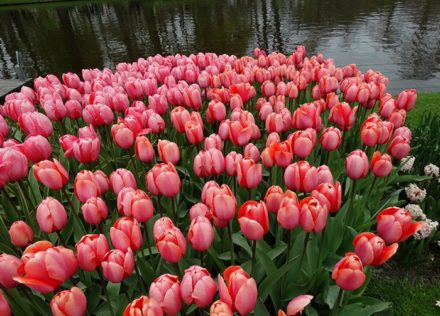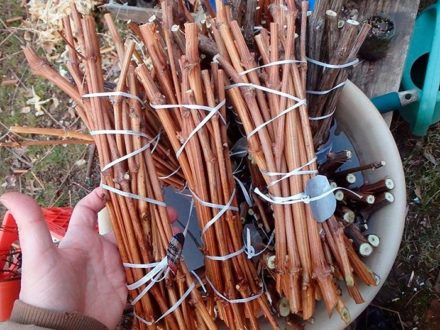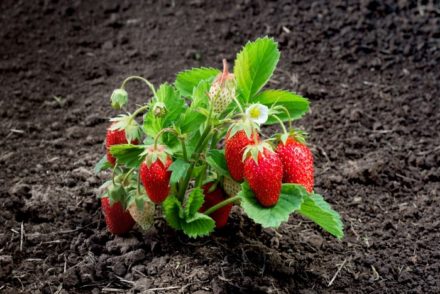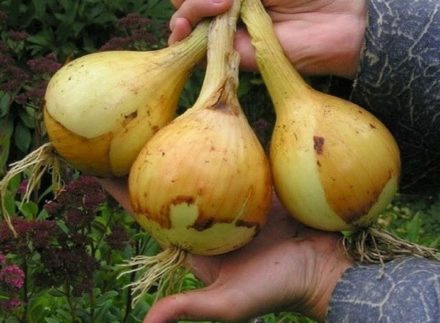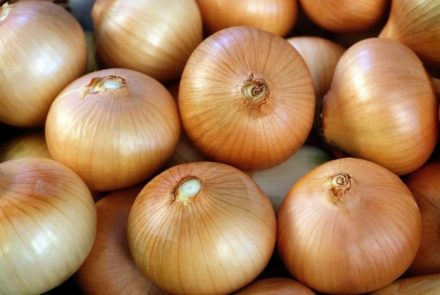Planting tulips is a difficult but enjoyable task. Gardeners prefer to plant bulbs in the fall. And in the spring you will have the opportunity to enjoy the flowering of fragrant plants. There are certain nuances in planting tulips before winter, without taking into account which errors and, as a consequence, problems with flowering are possible.

Advantages
Planting tulips in the autumn season is a convenient option that dominates spring planting.
How autumn planting will affect the plant:
- the bulbs, being in the frozen ground, will absorb the substances necessary for flowering;
- flowers will get maximum time to adapt and take root;
- the plant will harden and come closer to its natural habitat;
- the bulbs will grow a powerful root system by spring;
- By the time warm days arrive, the plant will delight you with abundant flowering.
If a plant is planted in the spring, it will not have time to take root and gain strength for the growing season.
Landing dates
Timing is important for planting tulip bulbs. If you hurry, the stems will quickly sprout, but in winter they will die from the cold. If you are late, the tulips will not have time to take root, since rooting lasts 3–4 weeks.
Calendar planting dates are the end of September, in the south – mid-October. But it’s better to play it safe and measure the ground temperature. The thermometer is buried 15 cm into the soil. At a stable temperature of 10 °C, the bulbs are planted in the ground.

Selection of location and soil
Mistakes made when choosing a place for tulips will lead to disappointing results.
Tulips are planted in sunny areas protected from the winds. Low-lying areas are not suitable for the life of bulbous flowers. The soil becomes waterlogged from autumn rains and spring floods. The plants rot or grow small and sick.

Preparing the soil
The soil for tulips is prepared in advance. A month before planting, the lower layer of soil is dug up with the addition of compost and superphosphate. After 2 weeks, compost is added to the surface layer under light digging.
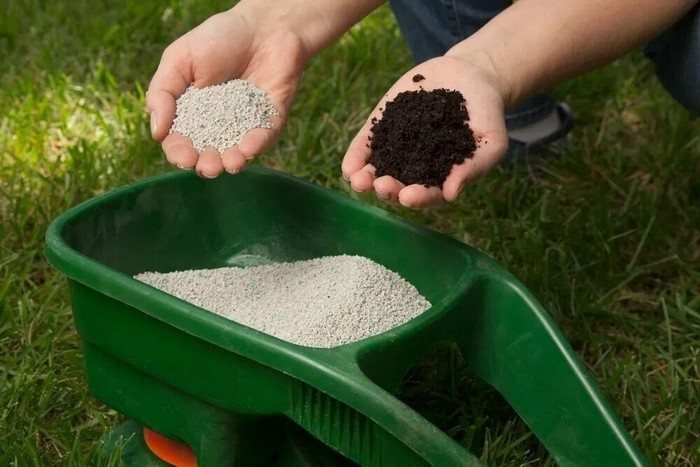
A separate note regarding the use of fresh fertilizers. Adding fresh manure is a gross mistake for gardeners. Infection of the heads with fungal diseases is possible. Fresh organic matter attracts worms and moles, which negatively affects the appearance of flowers and leads to their loss.
Preparing the bulbs
After a thorough inspection, the bulbs are sorted by size. Damaged and weak ones are destroyed. Hard and elastic heads without mold, breaks and spots are left.
Preventive treatment against fungus is carried out before planting in the ground. The heads are placed for several hours in a solution of potassium permanganate.
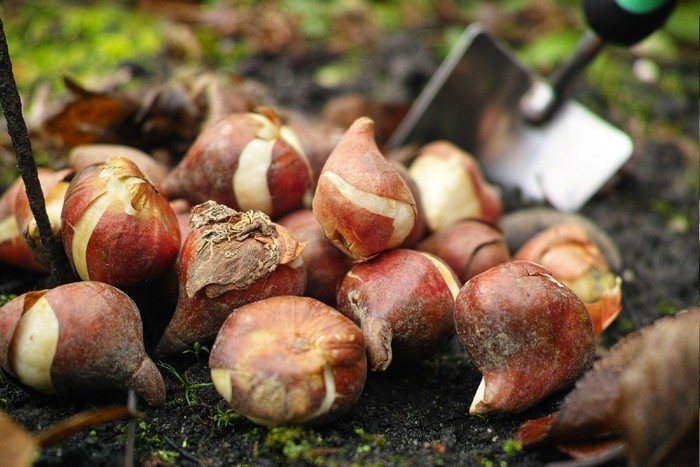
Features of the planting scheme
On the prepared bed, every 20 cm, make furrows 5 cm deep. The bulbs are lowered vertically into the furrows with light pressure. 15 cm are left between the holes, but if the heads are small, then 7-10 cm.

An interesting nuance concerns the placement of the bulbs. Large specimens are placed in the center of the bed, leaving small ones around the perimeter. This design looks beautiful.In addition, small tulips will not be in the shade.
After planting, the holes are filled with earth, the soil is lightly compacted, and then watered. Mulch for the winter.

What should a gardener take into account in order not to make mistakes:
- choose the right place;
- carry out the landing at the right time;
- prepare high-quality planting material;
- perform landing according to the developed scheme;
- refuse fresh fertilizers (manure and organic matter);
- mulch the crop for the winter.
Autumn planting of tulips will allow you to admire the lush fragrant flowers in spring and summer. And besides this, it will give you a chance to tidy up your garden to match the magnificent tulips.
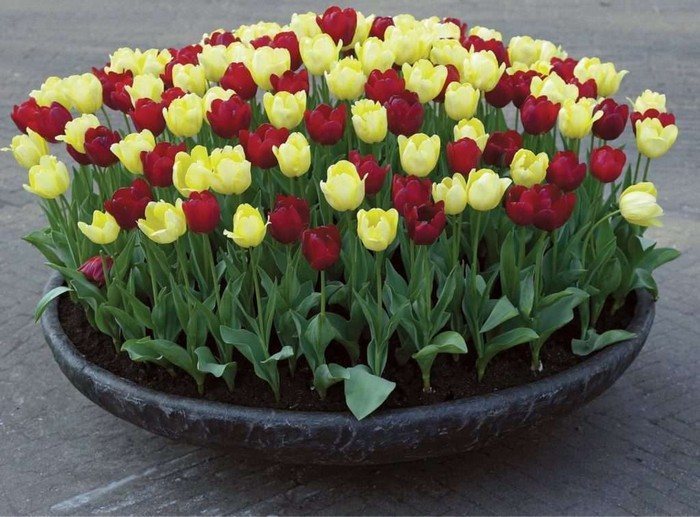
Flower beds, alpine slides, rock gardens decorated with tulips will remain in the memory of those around you for a long time. Behind this lies hard work and diligence. And most importantly, there are no errors when planting and leaving.


